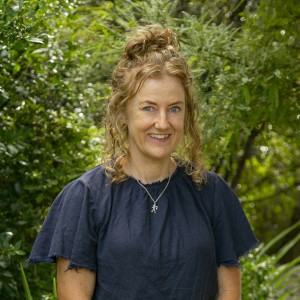Room 3 has been following Cameron’s journey through newspaper articles and Seven Sharp interviews. Cameron’s fine example has been an inspiration for their inquiry - Te tiaki i o tātou taonga - Protecting our taonga.
Cameron identified a problem in his taonga ( Whakarewarewa Forest) when he was out mountain biking. He saw a wallaby that was eating a young plant shoot. He realised that if all the wallabies kept eating the young plant shoots the forest would be damaged forever.
Cameron’s trap is special because he used AI (artificial intelligence) to design a trap that only kills wallabies. Many people mountain bike in Whakarewarewa Forest with their dogs and small children. Cameron’s trap has a door which only opens for wallabies. That's the AI part of the trap - it knows what a wallaby looks like. The trap won’t kill dogs or small children.
Cameron has a lure in his trap. A lure is something that attracts the wallaby to the trap. Cameron’s lures are eucalyptus and wheat germ oil.
Cameron won a prize for his design. He won $1200. The article says that Cameron bought a tablet with some of the money.
The competition (Solve for Tomorrow) that Cameron entered his design into was for students in Year 5 - 10. I’m in Year 5.
As Cameron was designing his trap he made heaps of mistakes. Cameron was new to programming and the articles said he got heaps of error messages. We have been learning that mistakes are part of the design process. Mistakes help us learn and improve our designs.
Interestingly, Cameron began his design by using an A12 trap. We had a look at this trap online. He modified this trap. We have been researching what people are already doing to deal with problems in Lake Taupō.
Artificial Intelligence
Room 3 is using Cameron’s invention as inspiration to design technological solutions for problems affecting their taonga - Lake Taupō. Cameron’s invention is making them think about how they could use artificial intelligence in their designs.
Room 3 Students may not know how to do AI programming yet, the ideas and possibilities that this technology could bring us are certainly on their minds.
I am developing a catfish trap that will use AI to only open its door to catfish. This means it won't kill trout or native species.
The toilet 2.0 is a water conserving toilet that uses an AI camera to recognise how much human waste is in the toilet. It only flushes when there is a risk of the toilet clogging.
My algae remover is based on a pool cleaner. It uses AI to identify the problem algae. It also knows not to cut up trout or swimmers

